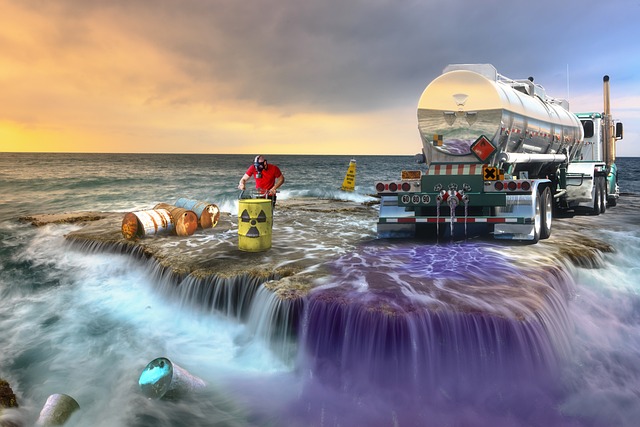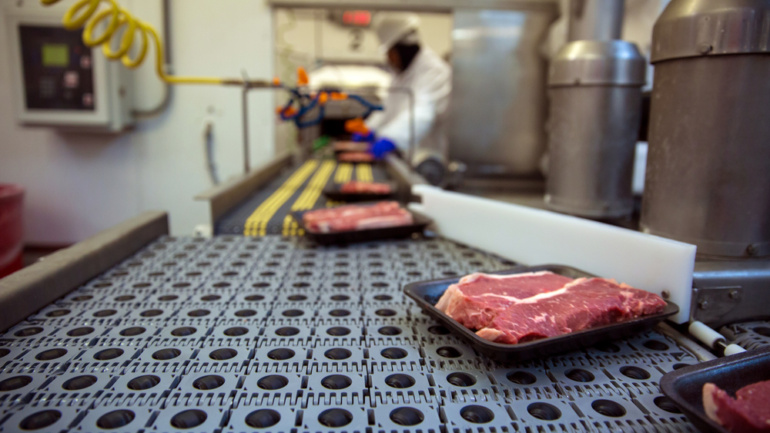By Thu T. A. Nguyen, Publishing Associate: Researcher and Writer at Save the Water™ | June 20, 2023
Radioactive waste, or spent fuel from nuclear plants, is a rising topic for discussion in multiple countries across the world. Due to the increasing need for more energy, many countries are planning on expanding their nuclear power.
However, we have yet to find a safe way to dispose of this dangerous waste. Some countries, like Finland and Germany, plan to bury their waste safely deep underground before disposal. Japan claims their waste is safe enough to put in the sea. Multiple plants in the United States also propose to dump their waste into local water.
What is Radioactive Material?
Radioactive material is material that’s unstable and can readily give off high energy. This energy can be taken up by other things around it. After letting go of this energy, the material can become more stable, posing no threat to the environment.
In many cases, radioactive material can be useful. Radiation is the basics of nuclear power, which provides clean and reliable energy. Other examples include technologies used in research and healthcare (X-ray, CT scans, and so on). Radiation also provides cancer treatments.
On the other hand, there are some risks when you’re exposed to radiation. Certain types of radiation can damage the cells and organs in your body, and induce diseases like cancer. Furthermore, the Chernobyl disaster is one of the most well-known catastrophes caused by an explosion at a nuclear power plant, making this land unlivable since 1986.
Why Should We Care About Radioactive Waste?
Since the development of nuclear power in the 1930s, the number of nuclear plants has slowly increased. Up to this year, there are over 400 of them all over the world. You may have heard about notable nuclear power plant accidents, like in Three Mile Island, Pennsylvania (1979), Chernobyl (1986), and Fukushima (2011).
In addition to nuclear power plants, some radioactive materials are also used in the making of other products, like fertilizer. In 2021, the governor of Florida had to declare a state of emergency over the Piney Point plant leak. The leaked water contained radioactive materials, such as uranium, radium, and some others.
These examples show that radiation doesn’t just cause small, personal events. They can and do affect the general public.
The problem is that the disposal process for these dangerous materials is still in the early stages in many countries. The U.S. alone is storing more than 90 thousand metric tons of radioactive waste. Thus, finding a safe solution for radioactive material needs immediate attention.
Recent Events With Nuclear Waste
In New York, Holtec International wanted to release wastewater from an old nuclear power plant into the Hudson river. Notably, this wastewater contains a radioactive component called tritium. Low levels of tritium are natural. For the most part, in normal amounts, tritium can’t penetrate skin. Also, its radiation can’t travel far in the air.
However, the danger arises when there’s a high level of tritium, typically from nuclear plants. According to City Limits, a local news outlet, tritium can easily enter and cause harm to the human body at high levels. This increases the risk of cancer and miscarriages.
In 2008, the same plant also dumped its waste into the river. This batch of waste had been stored since the 1970s, so the material is more stable. Since the nuclear plant, Indiana Point, was just shut down in 2021, the new batch of waste could bring more damage. This is because this water has touched other, more dangerous radioactive material for 40 years and has yet to have enough time to become stable. Some say that profit is the motivation behind Holtec’s move to cut corners.
Luckily, this plan was put on hold due to many parties’ rising concerns about the effects this may have on the environment.
Can We Handle Radioactive Materials Safely?
Knowing the serious effects of radiation, there’re several things we can do to reduce the risks to human health:
- Store radioactive waste up to 50 years before disposal. This allows these dangerous materials to become stable and safe for humans and the environment.
- Release only low-level radioactive waste.
Deep geological release is widely accepted to be the best solution for most radioactive material.




